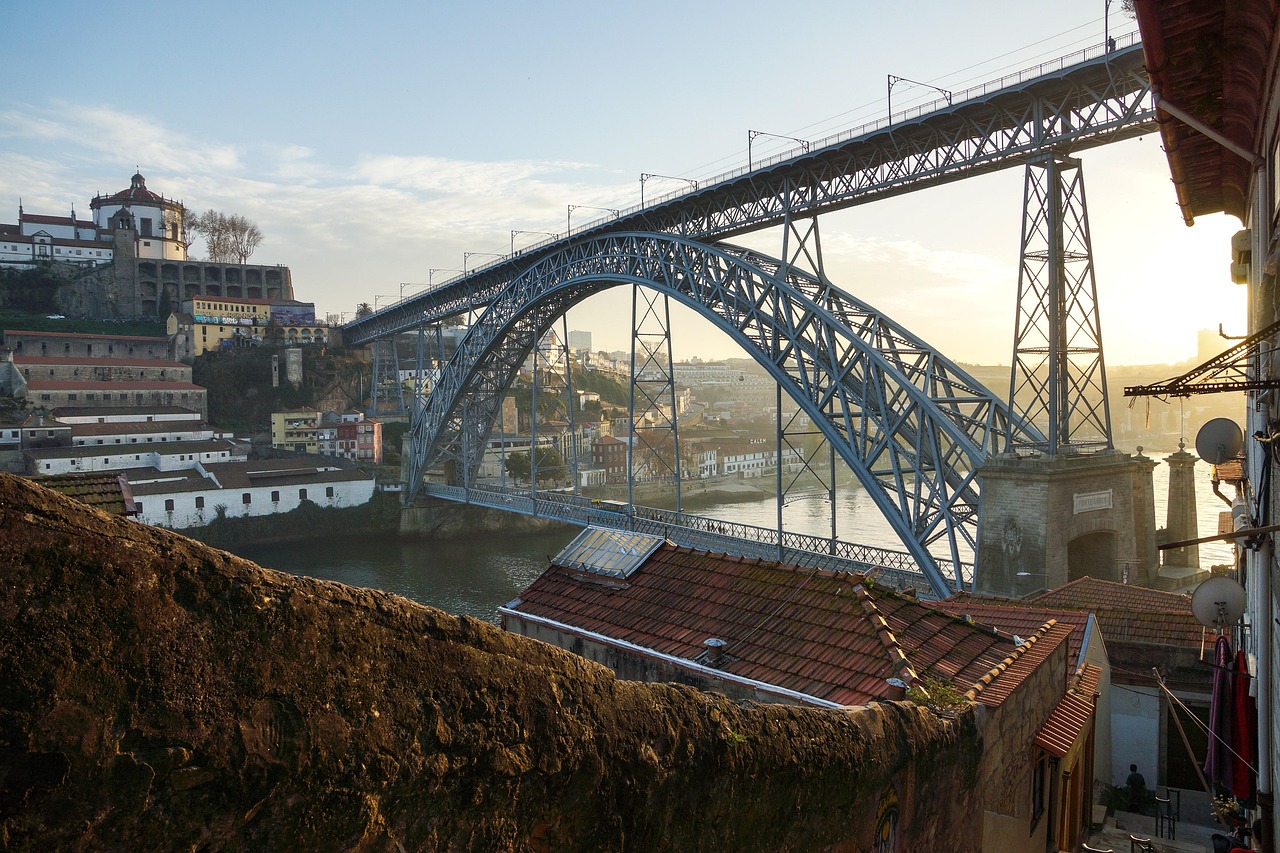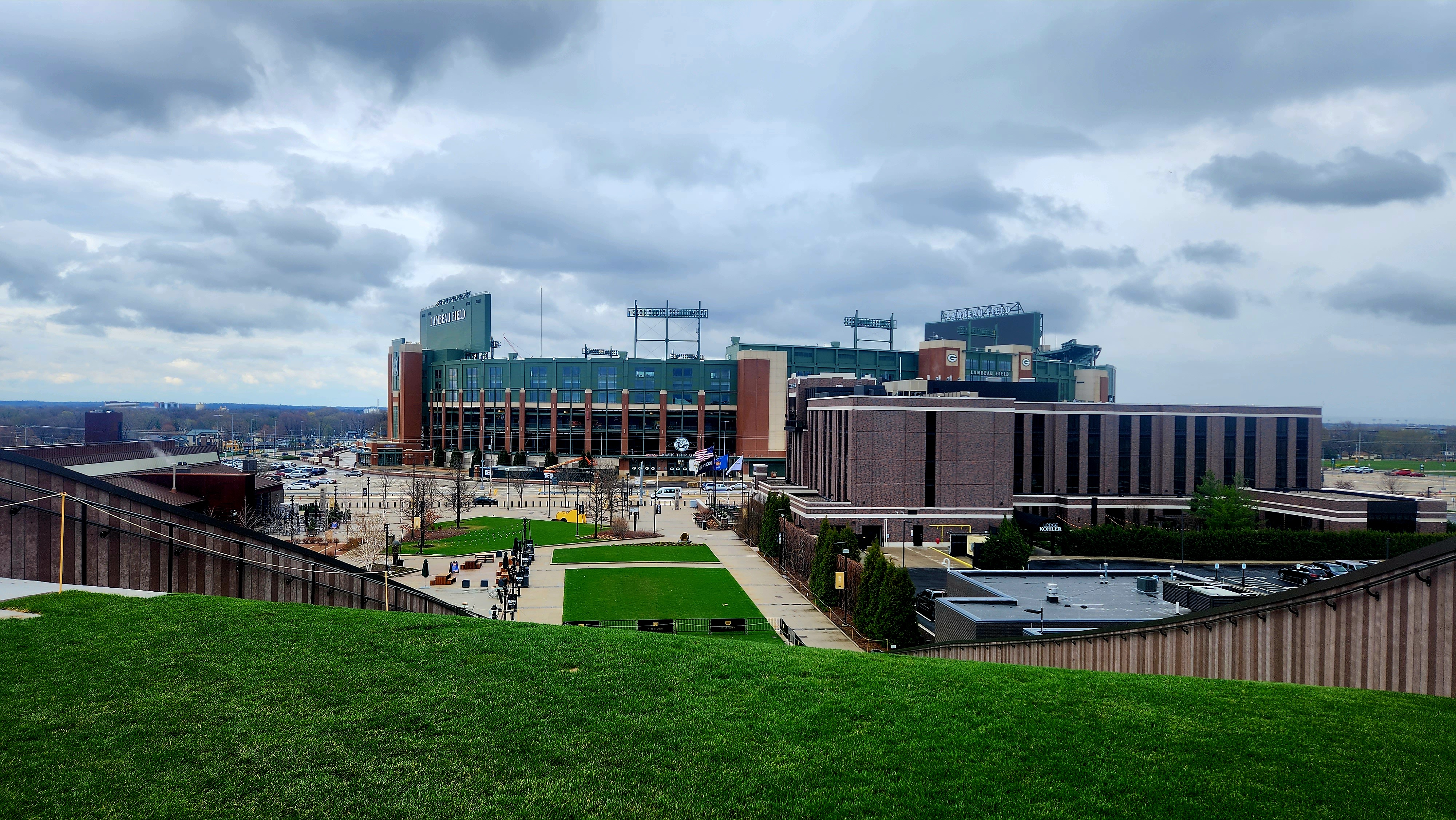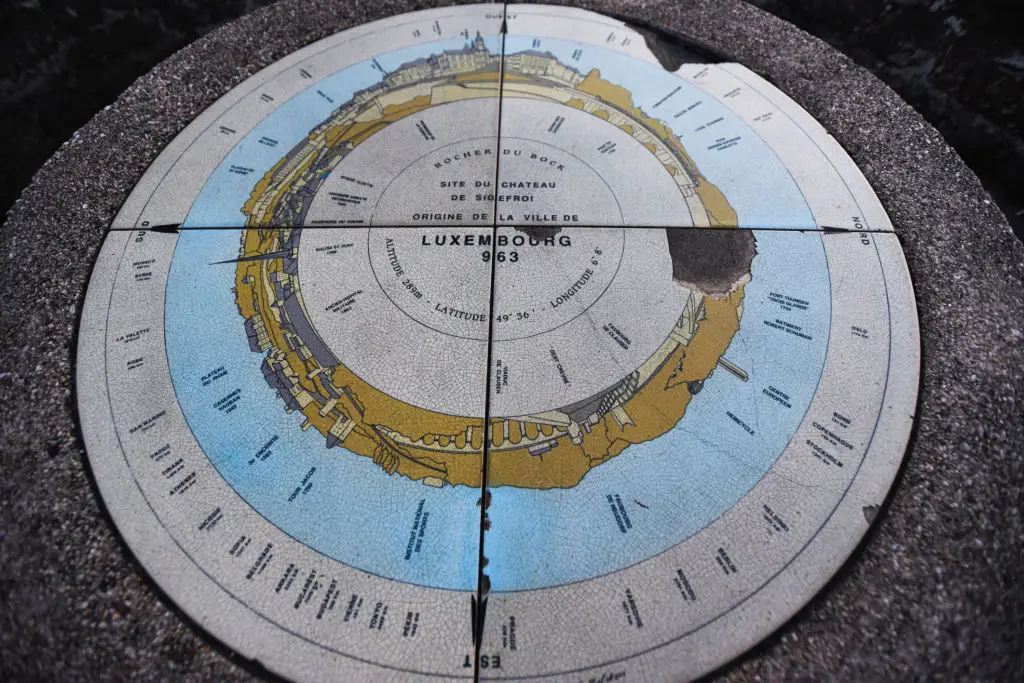12 Universities Where Science Fiction Meets Study: Campuses That Look Like Another Planet
In an era where the lines between imagination and reality blur, some universities are not just centers of learning, but actual living, breathing movie sets for the future. These institutions embody the spirit of science fiction, where innovative architecture, cutting-edge technology, and groundbreaking research combine to create campuses that genuinely look like they belong in a blockbuster film. From deconstructed academic fortresses to sleek, glass-encased research hubs, each university offers a unique glimpse into a future envisioned on screen. Get ready to explore campuses where every corner seems to whisper tales of tomorrow, redefining education within environments that inspire awe and push the boundaries of what's possible.
1. Massachusetts Institute of Technology (MIT): The Stata Center's Alien Landing
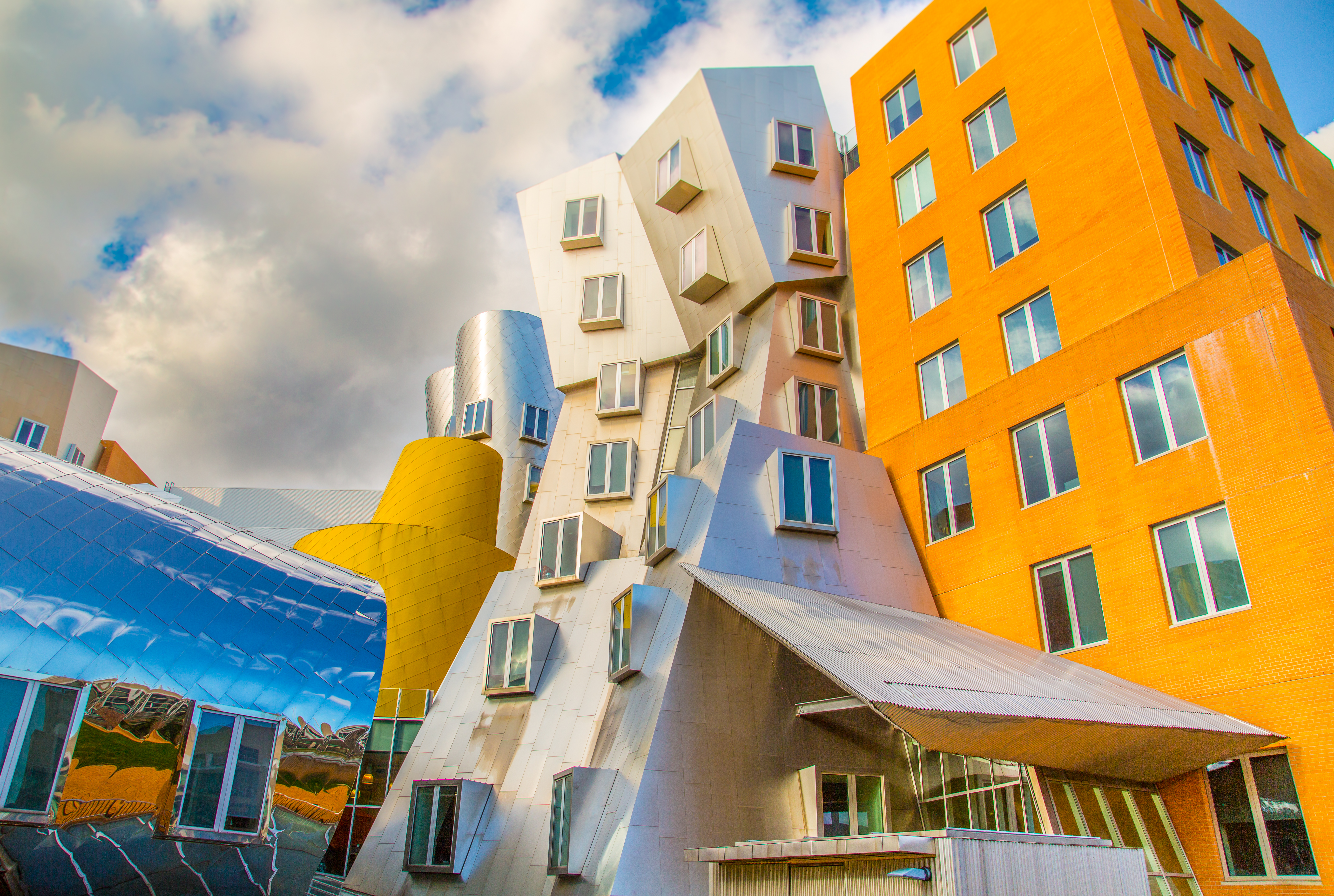
MIT's campus features buildings that defy conventional design, most notably the Stata Center. Designed by Frank Gehry, its tilting walls, crumpled metal, and angular protrusions make it look like a futuristic spaceship that crash-landed deliberately to house brilliant minds. This chaotic yet inspiring structure perfectly reflects the innovative breakthroughs within, from advanced robotics to artificial intelligence. Walking its corridors feels like exploring an interstellar research station, a physical manifestation of future thought where the next great technological leap is always just around the corner.
2. Florida Polytechnic University: Calatrava's Spaceship Campus
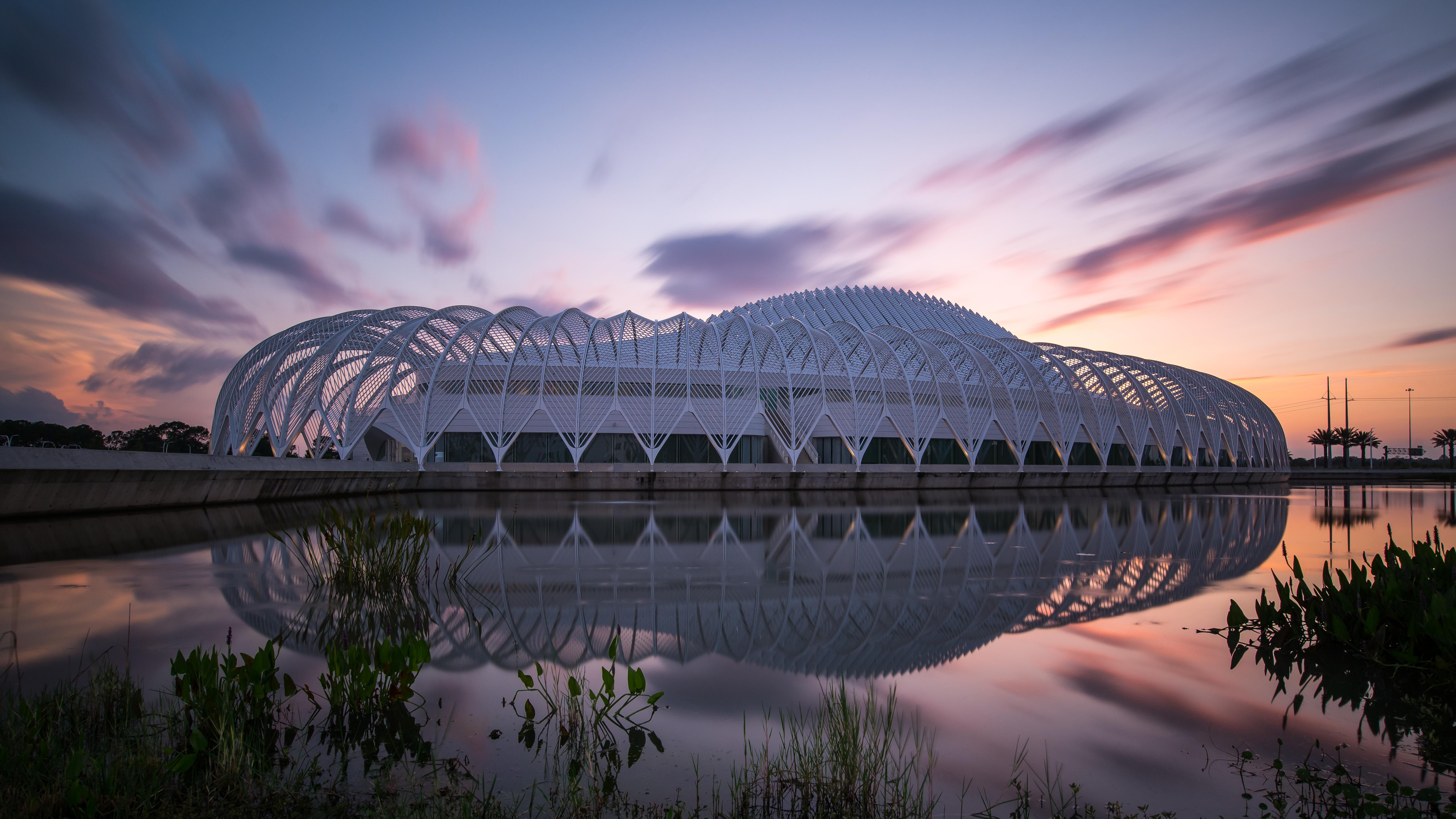
Forget traditional quads; Florida Polytechnic University, designed by renowned architect Santiago Calatrava, is a real-life spaceship landed in Lakeland. Its iconic Innovation, Science, and Technology Building is a gleaming, all-white structure of steel, glass, and concrete, featuring colossal, operable louvers on its roof that open and close like colossal wings or a mechanical iris. The entire building feels like a living, breathing machine, a high-tech marvel pulled directly from a futuristic film. It serves as the primary campus facility, making every student feel like they're training aboard an advanced scientific vessel ready for launch.
3. Singapore University of Technology and Design (SUTD): The Modular Future Hub
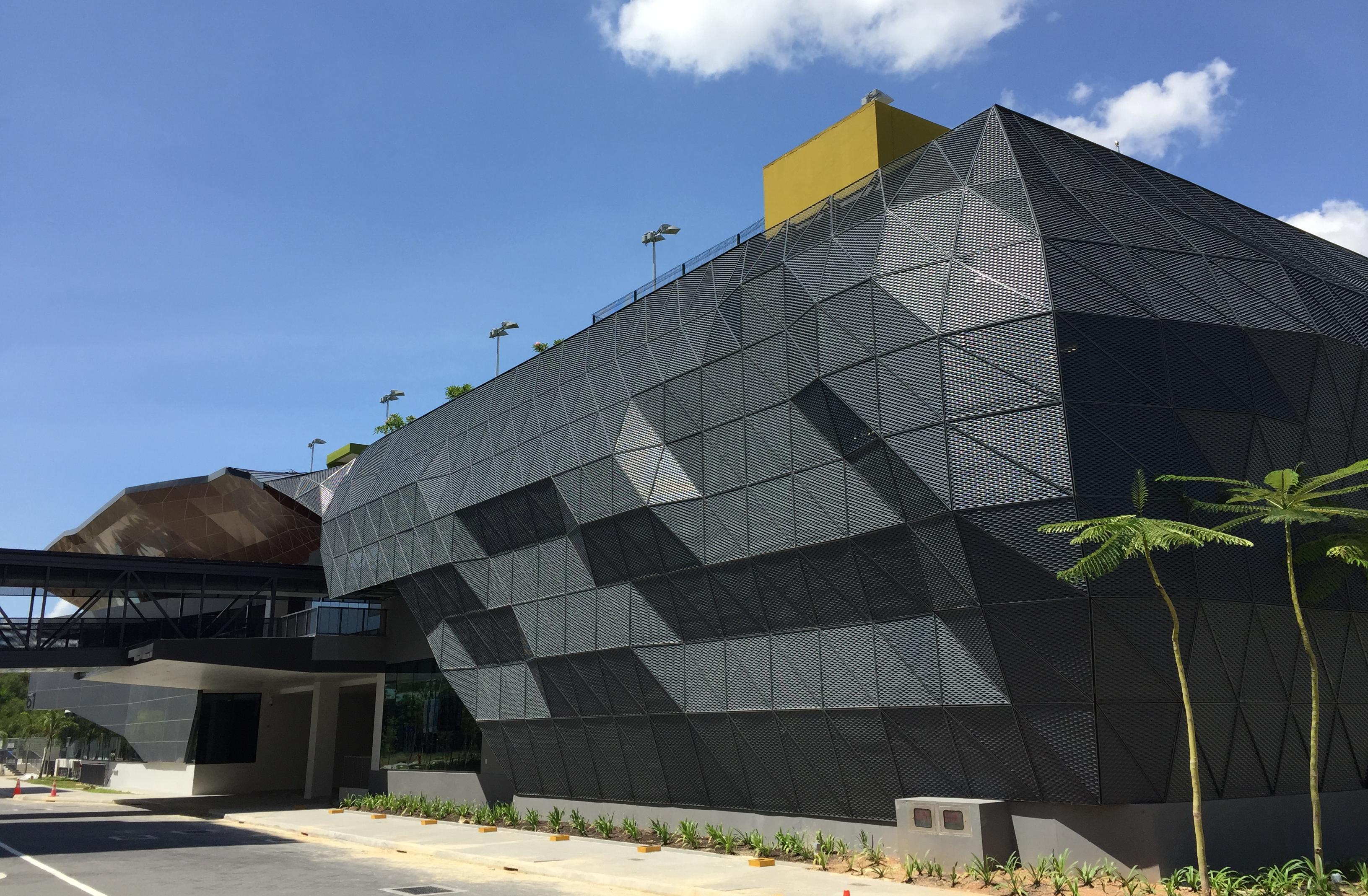
SUTD's campus in Singapore is a masterclass in modern, high-tech architecture that genuinely looks like a modular future city from a sci-fi epic. Designed by UNStudio, its buildings feature intricate patterns, interconnected walkways, and expansive, light-filled atriums that resemble the inner workings of a giant circuit board or a futuristic digital command center. The architecture emphasizes seamless connectivity and collaborative spaces, creating an environment where design and technology merge. Every angle of SUTD feels intentionally constructed for a world yet to come, making it a compelling backdrop for innovation and a cinematic vision of tomorrow's education.
4. Zayed University, Abu Dhabi, UAE: The Desert Utopia Research Hub
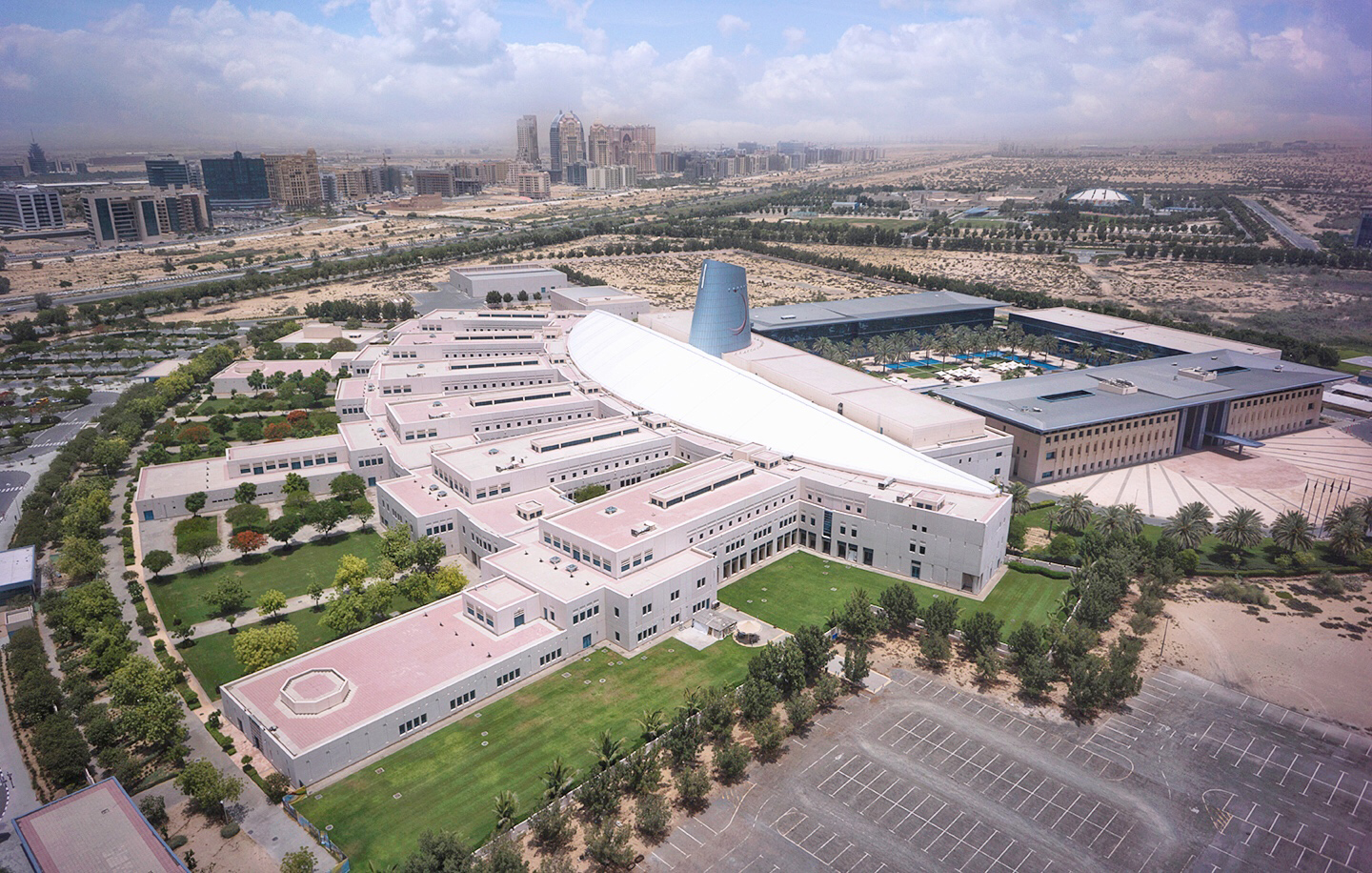
Emerging from the desert sands like a visionary colony from a distant star system, Zayed University in Abu Dhabi boasts a campus that is a masterclass in futuristic architecture. Its sprawling, meticulously designed complex features starkly geometric buildings, vast reflective surfaces, and innovative shading structures, creating a self-contained, high-tech environment perfectly adapted to its arid surroundings. Walking through its expansive, light-filled courtyards and sleek corridors feels like exploring a utopian research base or a future diplomatic compound. This campus doesn't just house advanced studies; it visually embodies the aspirations of a technologically driven future.
5. Nanyang Technological University (NTU): Organic Architecture from a Sci-Fi Utopia
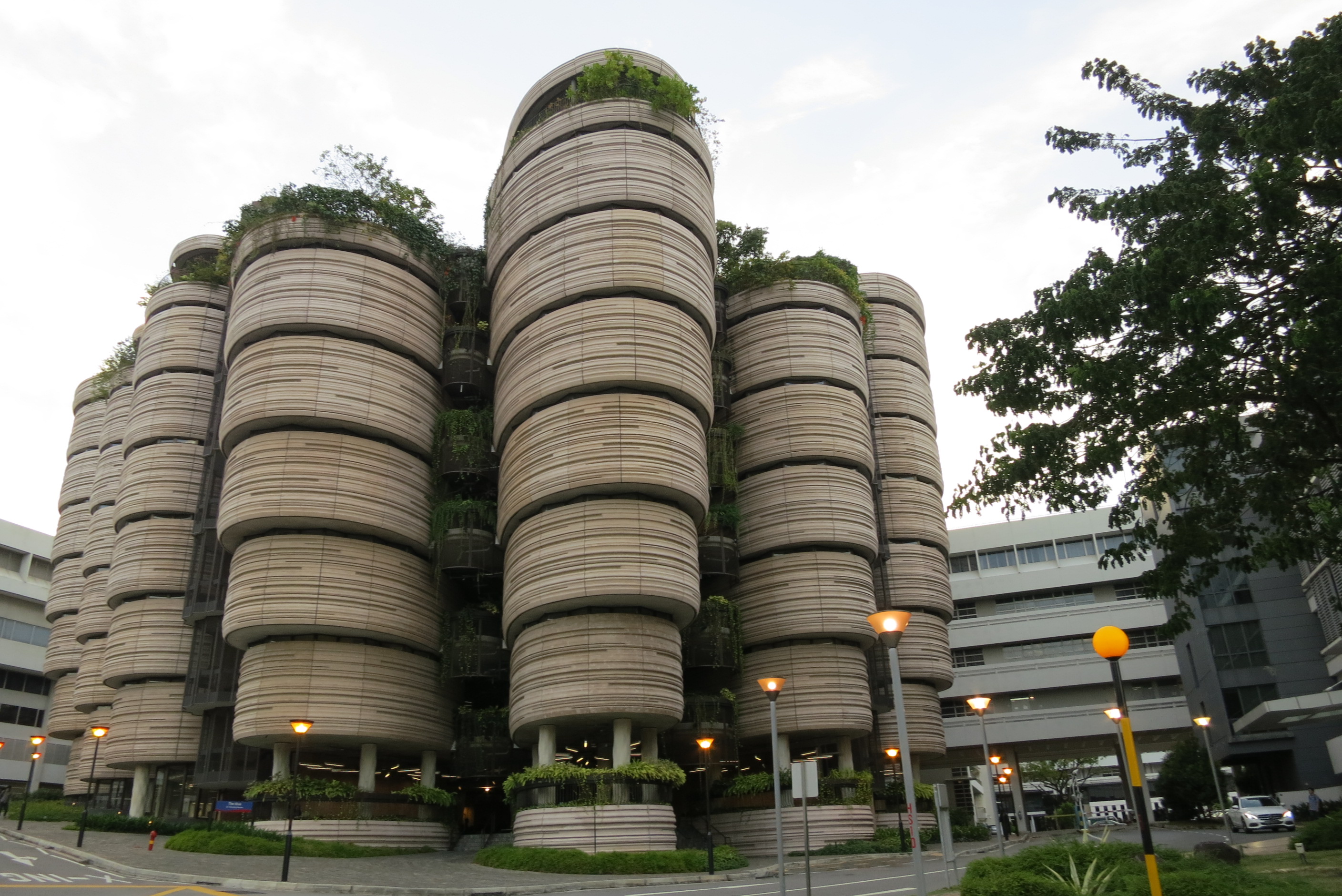
NTU in Singapore is a living blueprint for a sustainable, futuristic world. Its Learning Hub, "The Hive," resembles a cluster of interconnected, organic pods, while the School of Art, Design and Media (ADM) building boasts a dramatic, grass-covered roof that seemingly erupts from the earth. These structures defy traditional building forms, instead evoking biomorphic architecture from films like "Avatar" or utopian ecological narratives. The campus feels like a prototype for a future city where technology seamlessly merges with nature, creating a visually stunning, harmonious, and truly inventive environment.
6. Skolkovo Institute of Science and Technology (Skoltech), Russia: The Arctic Research Complex

Nestled outside Moscow, Skoltech's campus appears to be a cutting-edge research complex straight out of a near-future sci-fi thriller. Its primary building, often likened to a gigantic, interconnected circuit board or a modular space station, features a stark, angular design of glass, concrete, and exposed structural elements. The architecture emphasizes transparency and collaboration, creating an atmosphere of intense scientific endeavor. This purpose-built hub for innovation, with its clean lines and high-tech efficiency, powerfully evokes a sense of pioneering discovery, making every stroll across campus feel like a scene from an advanced scientific outpost.
7. Hong Kong University of Science and Technology (HKUST): The Coastal Tech Citadel
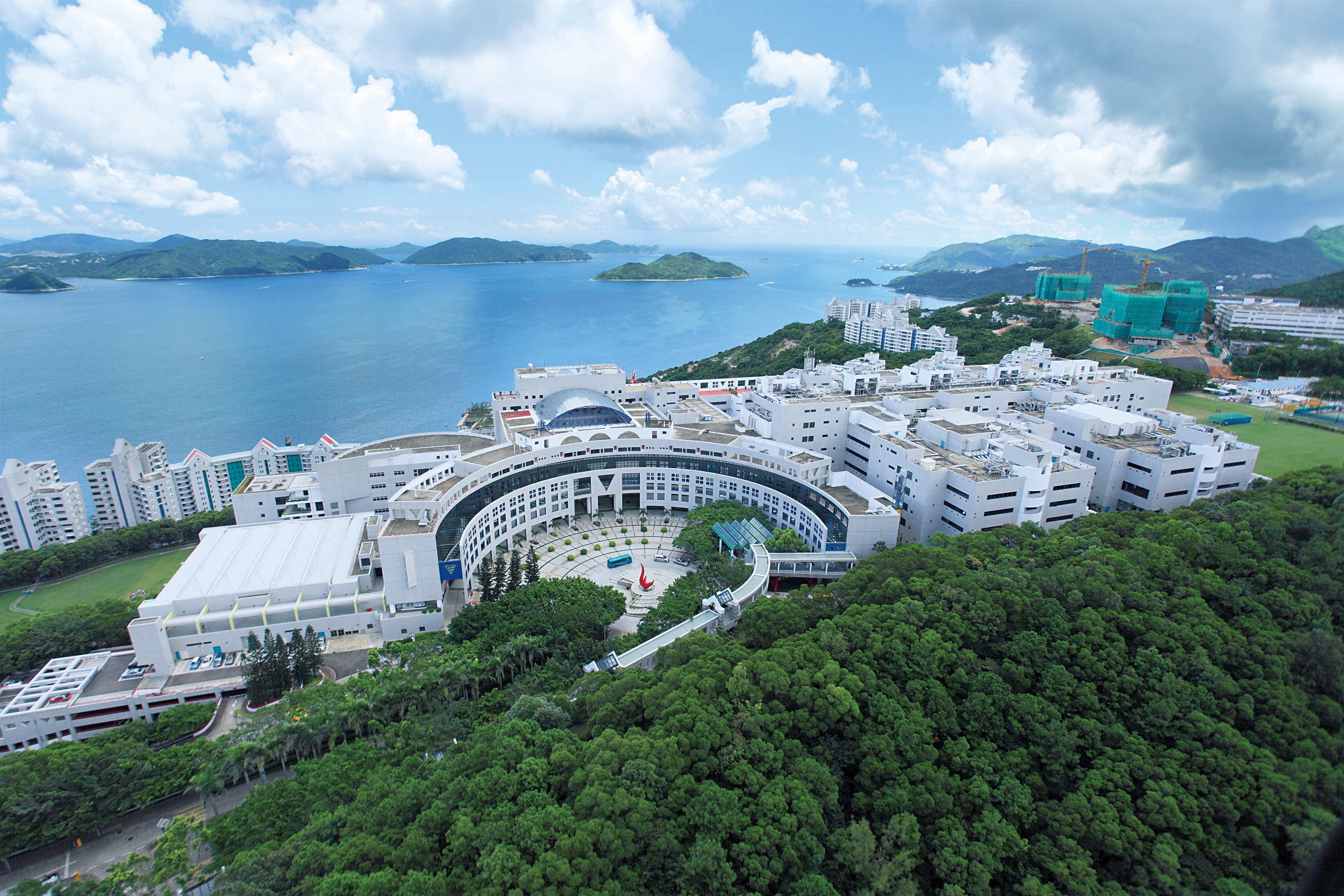
Perched dramatically on a hillside overlooking the clear waters of Clear Water Bay, HKUST's campus immediately brings to mind a futuristic coastal city or a secretive research complex built into a cliffside from a spy thriller. Its modernist, angular buildings, interconnected by elevated walkways and gleaming glass facades, create an expansive, high-tech aesthetic. The panoramic sea views from its advanced engineering and AI labs amplify this sense of being at the forefront of innovation, a vital hub strategically positioned on the digital and physical frontiers of tomorrow.
8. University of Technology Sydney (UTS), Australia: The Deconstructed Future Hub
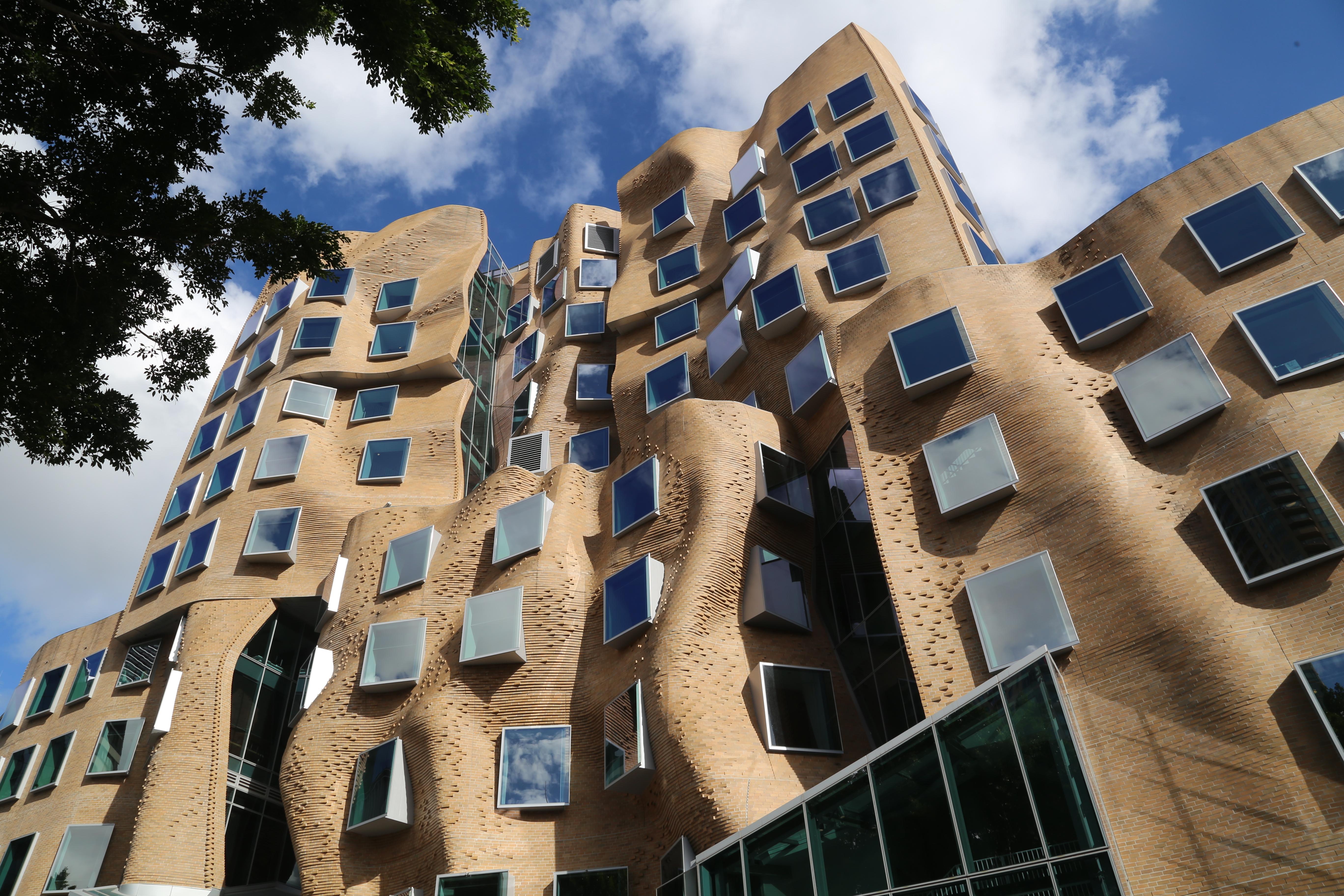
The UTS campus in Sydney offers a thrilling architectural landscape that feels pulled directly from a dystopian or avant-garde sci-fi film. Its Dr Chau Chak Wing Building, designed by Frank Gehry, is a stunning, undulating structure of brick and glass, resembling a crumpled paper bag or a melting digital sculpture. This organic, unconventional form sets the tone for a campus that constantly challenges perception. Other modern UTS buildings, with their exposed steel, angular lines, and industrial-chic aesthetic, contribute to a sense of being in a futuristic urban research complex, where groundbreaking ideas are forged in a visually disruptive environment.
9. Aalto University, Finland: The Organic Future Campus
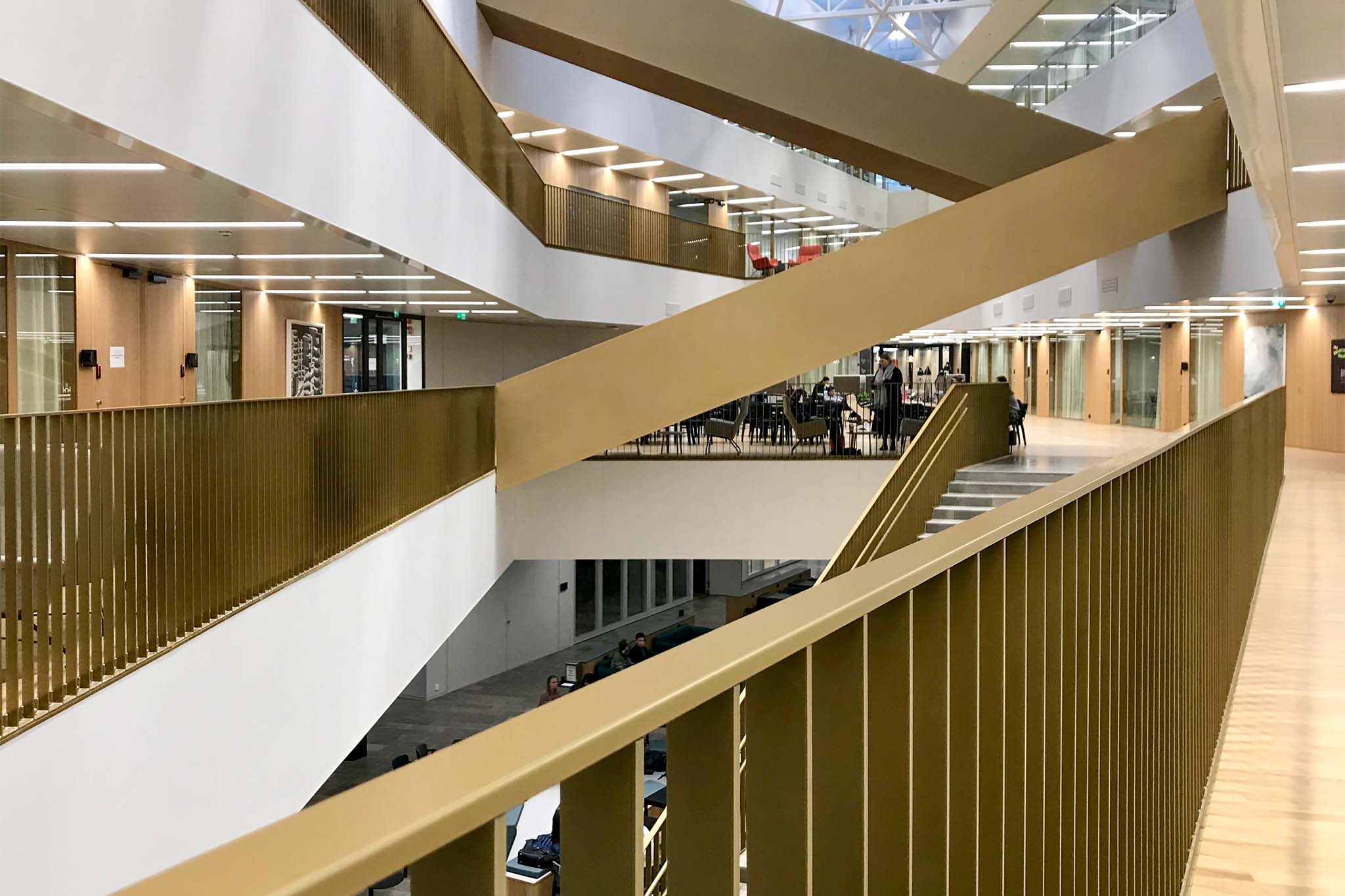
Aalto University in Finland presents a campus where organic modernism meets subtle futurism, creating an environment that feels like a meticulously designed backdrop for a thoughtful sci-fi film. Its architecture, particularly iconic structures like the Dipoli building with its flowing, cave-like interiors and innovative use of natural materials, feels incredibly integrated with its surroundings. Newer additions often feature clean lines, natural light, and adaptable spaces that prioritize human connection and collaboration. It’s less about stark, imposing structures and more about a harmonious, intelligent future, where technology blends seamlessly with nature's elegant forms.
10. Purdue University, Indiana, USA: The Interstellar Training Ground

While Purdue University in Indiana might not feature a single, dramatic sci-fi building, its deep-rooted legacy in aerospace engineering and its expansive, purpose-built research facilities combine to create the palpable feel of an interstellar training ground. Home to countless astronauts and pioneering space research, its labs and engineering complexes, though functional, house advanced robotics, propulsion systems, and experimental aircraft that seem destined for off-world missions. Walking through its core, one senses being part of a critical ground operation preparing humanity for deep space, where the next generation of space explorers and engineers are meticulously forged.
11. Delft University of Technology (TU Delft), Netherlands: The Functional Future Hub
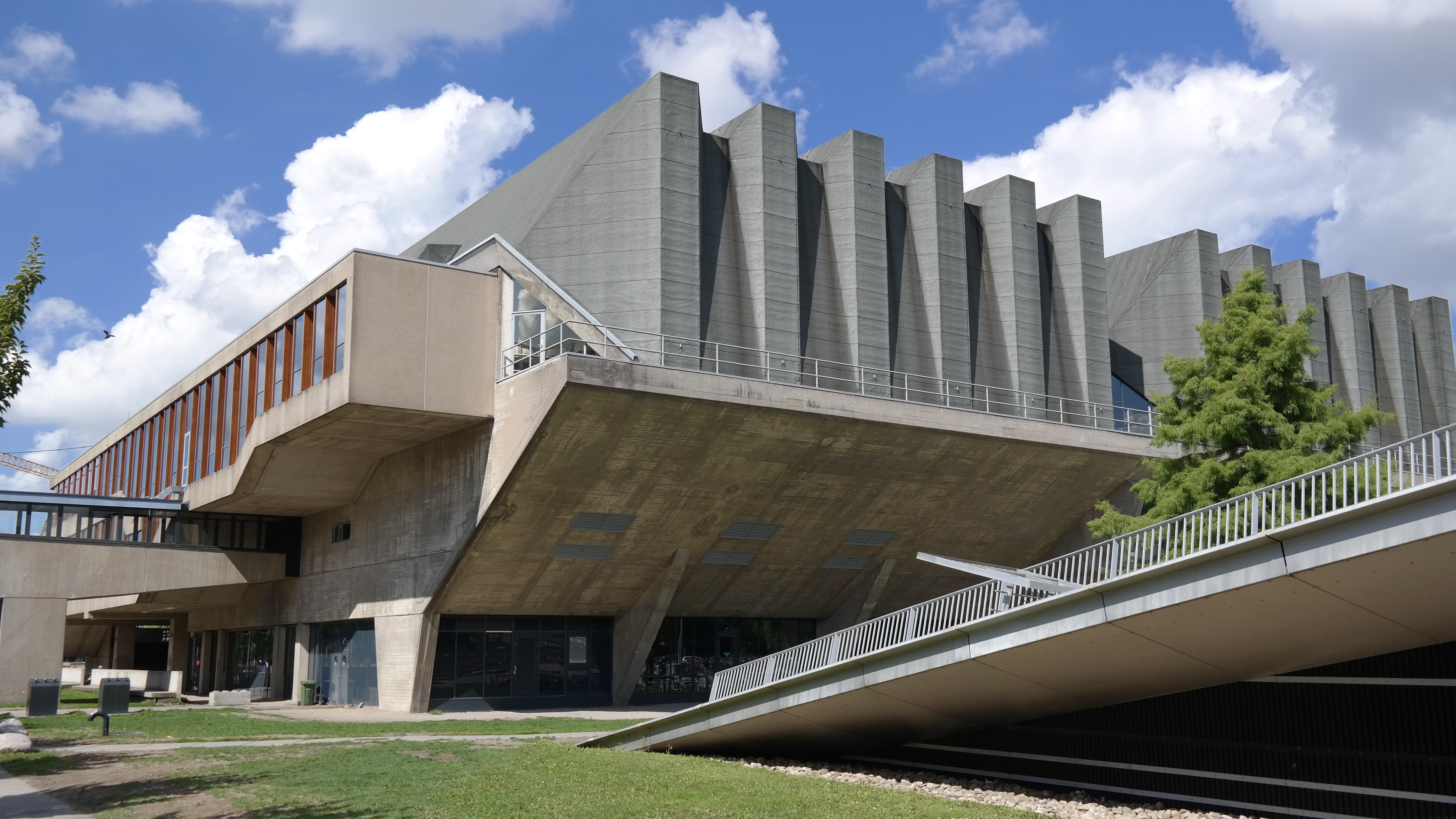
TU Delft in the Netherlands offers a masterclass in sleek, functional futurism, where innovative design underpins cutting-edge research. Its iconic Library building, with its massive green roof and a striking yellow cone piercing through, feels like a subterranean research complex with a beacon. Other modern structures across campus, characterized by exposed steel, glass, and modular designs, evoke a sense of high-tech efficiency and intellectual rigor. The entire university environment reflects a commitment to engineering and applied sciences, making every building feel like a precision-built facility for solving tomorrow's complex problems.
12. Korea Advanced Institute of Science and Technology (KAIST), South Korea: The Cybernetic Campus
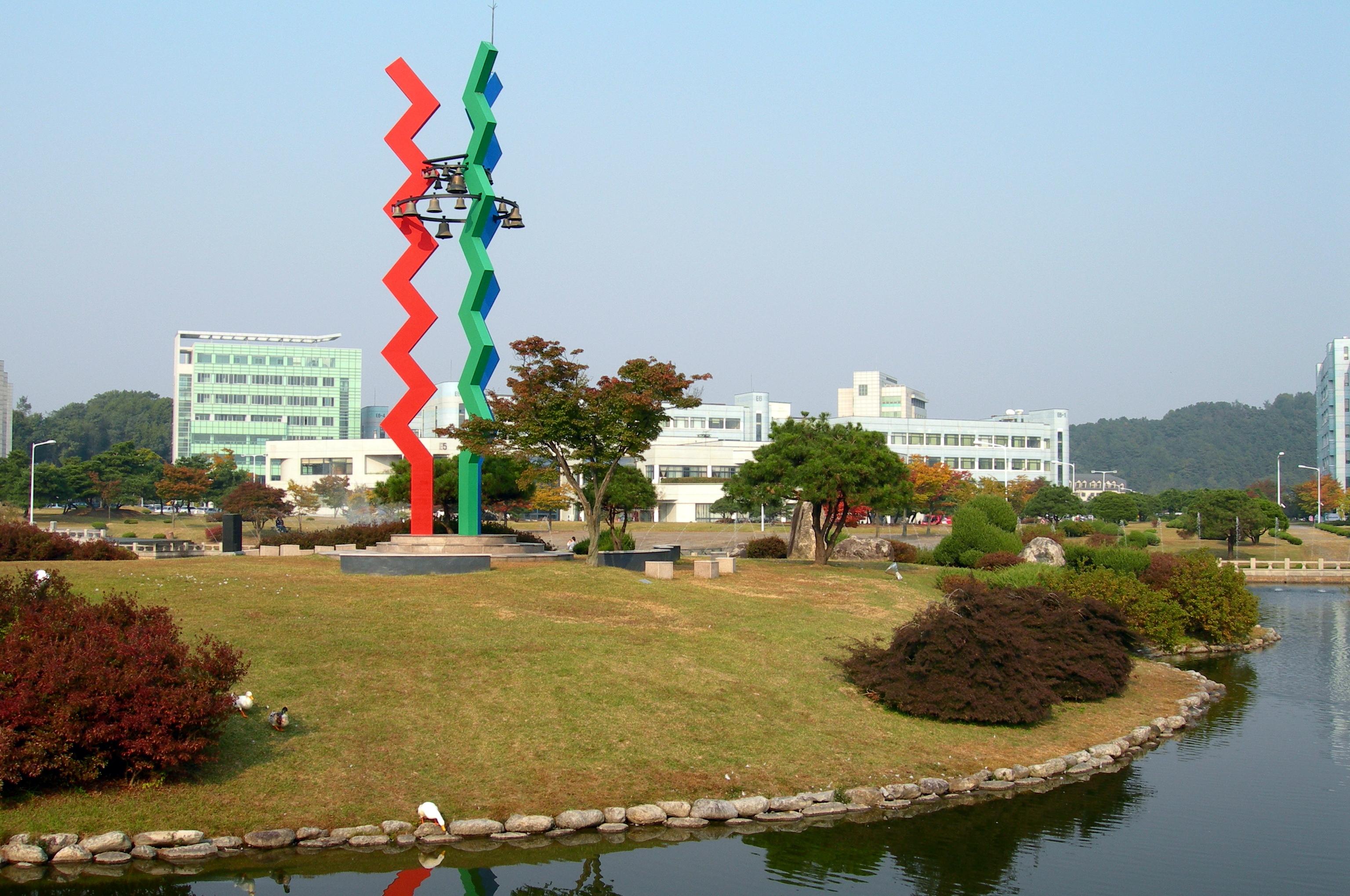
KAIST, a beacon of scientific excellence in South Korea, boasts a campus design that feels like a sleek, hyper-efficient research complex from a high-tech thriller. Its buildings often feature clean lines, expansive glass facades, and sophisticated, almost minimalist aesthetics, creating an environment that feels purpose-built for groundbreaking innovation. From its advanced laboratories to its student facilities, the architecture conveys a sense of precision and future-forward thinking. KAIST's campus embodies a cybernetic vision of academia, where every structure contributes to a seamless ecosystem of discovery, making it a compelling backdrop for the next big scientific leap.
The Future is Now: Campuses Engineering Tomorrow

The universities explored here are more than just places of learning; they are architectural statements and living laboratories that powerfully embody a sci-fi future. From MIT's deconstructed brilliance to NTU's eco-conscious organic forms, and HKUST's coastal tech citadels, these campuses visually and functionally demonstrate humanity's relentless drive toward innovation. They are breeding grounds where groundbreaking research in AI, robotics, sustainable energy, and space exploration transforms the abstract into the tangible. By immersing students in environments that look and feel like tomorrow, these institutions are not merely preparing the next generation of leaders; they are actively engineering the very fabric of our future, proving that the boundary between science fiction and reality is indeed wonderfully porous.


